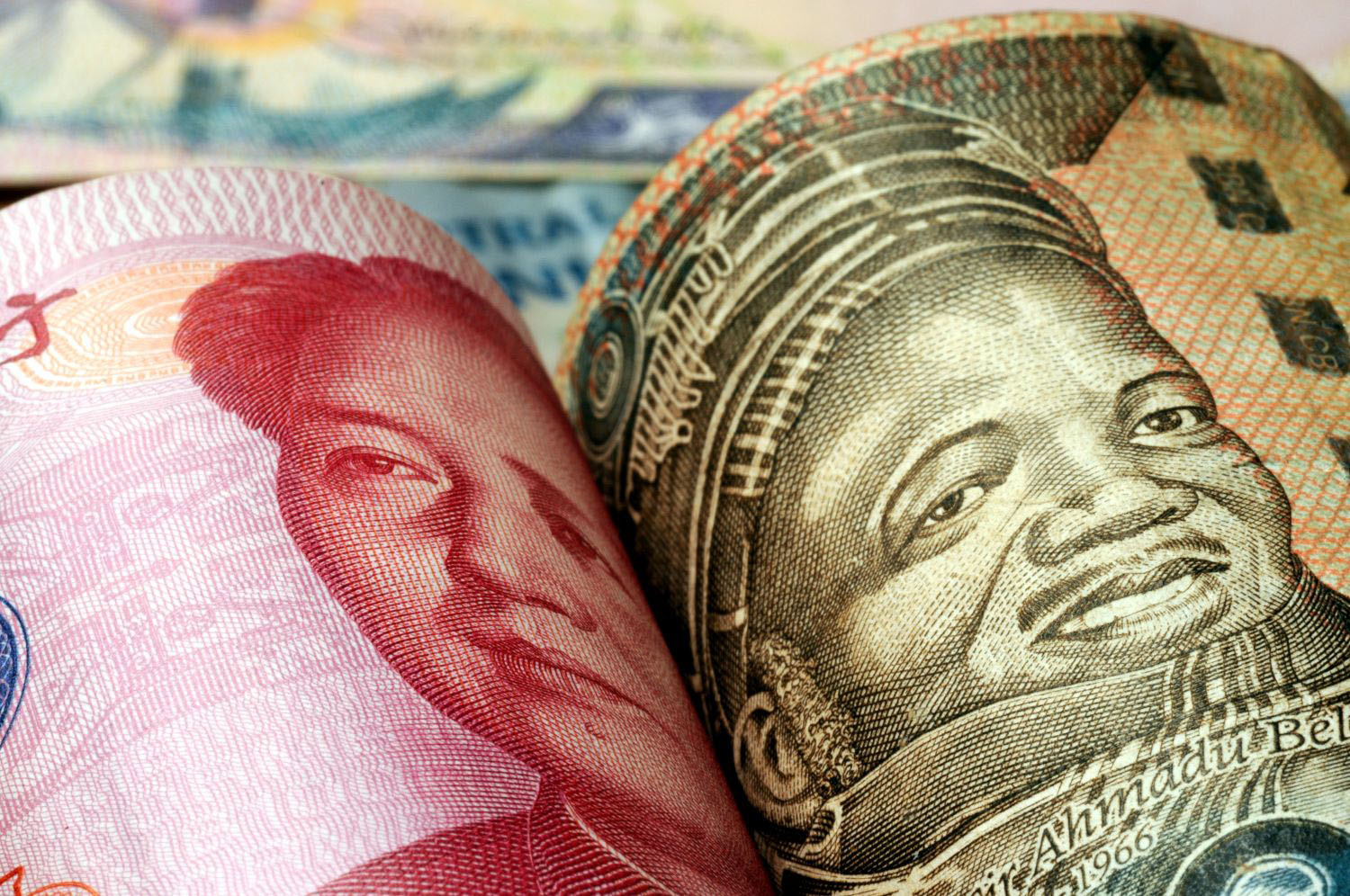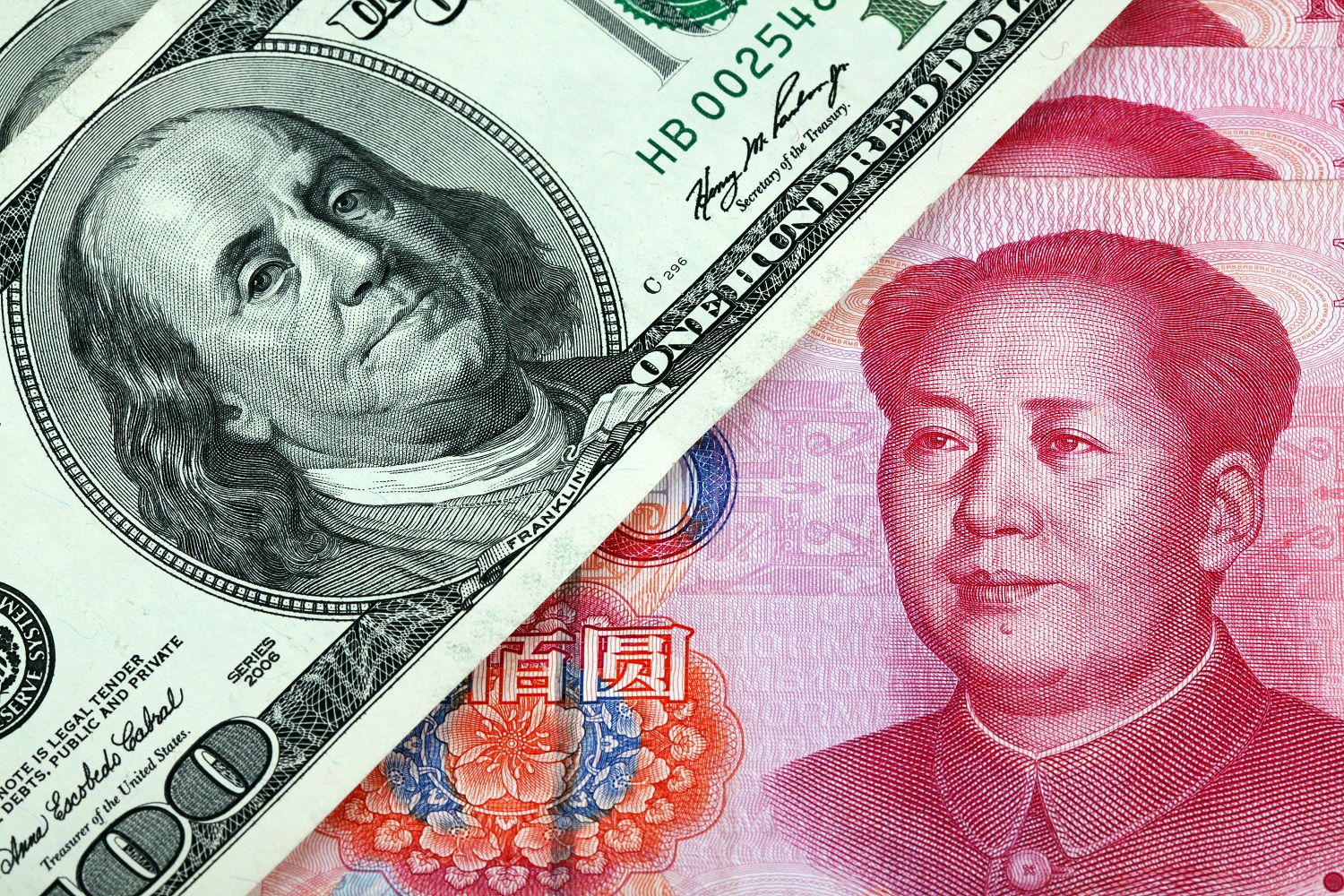This post also appeared on the Real Time Economic Issues Watch blog.
The decision by the United States to slap a 35 percent tariff on tire imports from China is, of course, significant. It follows a decision last week by the US Department of Commerce to impose countervailing duties on imports of steel pipe from Chinese firms. In the world of the 24/7 news cycle, one trade action may be an accident but two will be interpreted as a trend. The perception of escalating trade tensions between the United States and China cannot be avoided. And the timing is awkward—two weeks ahead of the G-20 Summit of world leaders at Pittsburgh where President Obama is host and, the in the eyes of the Chinese, now also the perpetrator of these trade actions.
This trade action raises three very interesting issues: one about United States–China relations; one about globalization; and one about China itself. Take each in turn.
In terms of United States–China economic relations, tires and any tariffs imposed on them are chump change. Their significance arises for broader reasons. The undiscussed elephant in the room in United States–China trade relations is the Chinese exchange rate. As long as the perception persists that China is an export juggernaut because of its policy of maintaining an undervalued exchange rate, there will be trade conflict. Tires and steel are the small sores that erupt because the underlying infection has not been cured. Resolving the currency issue may remain key to maintaining more stable trade relations between the two countries. This will not be easy to resolve because it goes to the heart of the process of China becoming an international player. China can either follow its export-led mercantilist growth strategy, or it can become a responsible international player. It cannot accommodate both objectives easily.
A second interesting aspect of the tire dispute is that the petition seeking tariff increases was brought not by domestic tire companies but by the United Steelworkers, representing employees. Globalization has very different impacts on factors of production that can easily move around, such as capital, and those that cannot move around—like blue-collar workers. The latter will be more affected by competition from abroad. Firms can more easily relocate to protect their profit margins. In the tire case, the second largest American tire manufacturer actually has operations in China. It was against the trade action. Goodyear, the largest manufacturer, is ambivalent about the trade action. Globalization will increasingly drive a wedge between the interests of workers and companies, and to that extent globalization may be easier to sustain because increasingly integrated global companies will have less incentive to seek protection. In the tire case, however, the Obama administration is listening to its core constituency, labor unions, in part because of the help it needs in passing healthcare and other domestic legislation.
A final angle relates to Chinese sentiment and self-regard. China has reacted very strongly against the tire tariffs, threatening to retaliate with tariffs of its own against goods from the United States. It sees the American action as aggressive and feels slighted. But last month when a WTO panel ruled in favor of the United States against restrictions imposed by China, China’s reaction was far more muted and moderate, and even accepting. When the trade action is unilateral, on the other hand, the atmosphere engenders more visceral, nationalistic responses. This suggests that multilateralism still offers the best hope for managing trade relations with China, a proud and sometimes prickly power, aspiring to superpower status.
CGD blog posts reflect the views of the authors, drawing on prior research and experience in their areas of expertise.
CGD is a nonpartisan, independent organization and does not take institutional positions.





